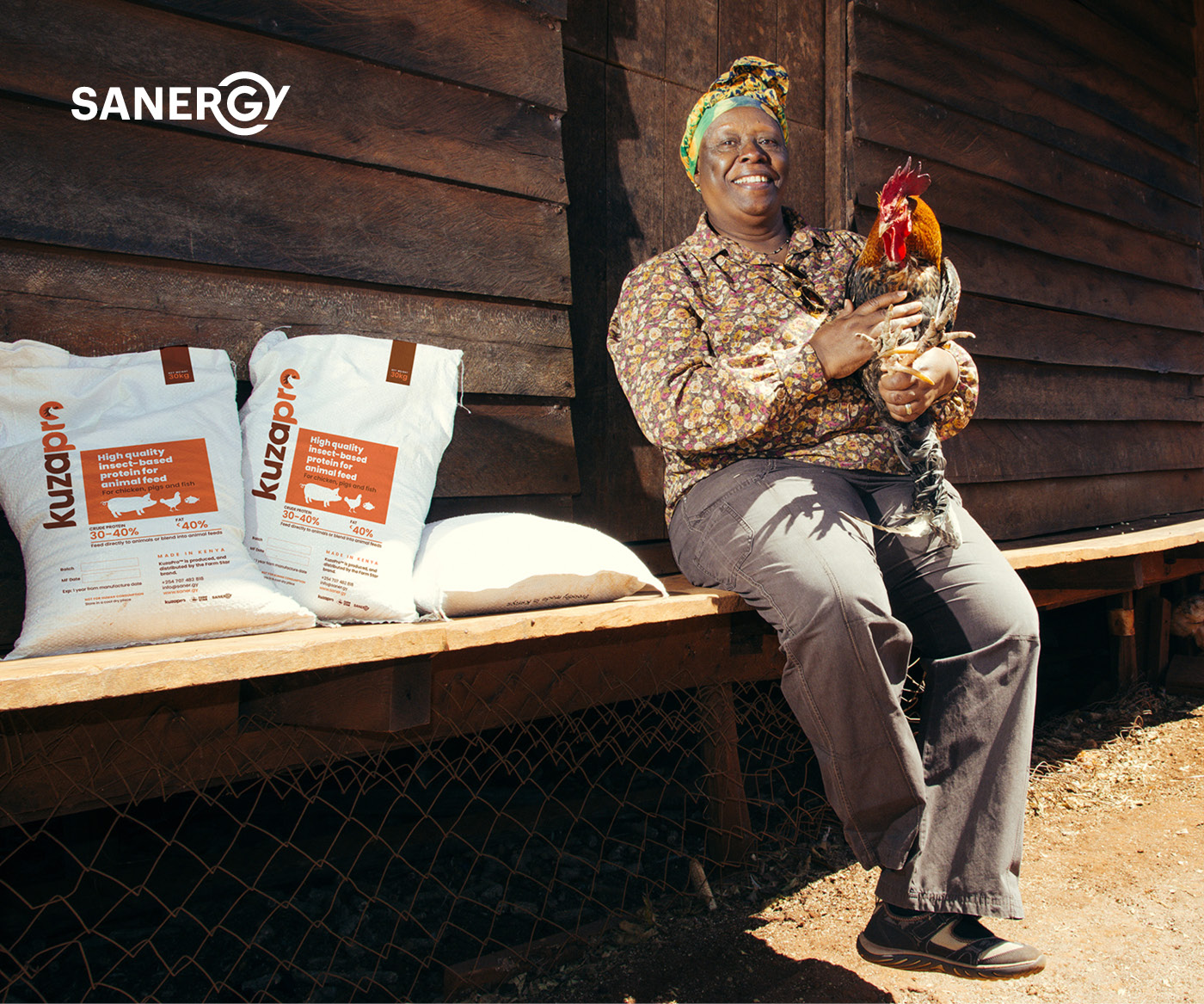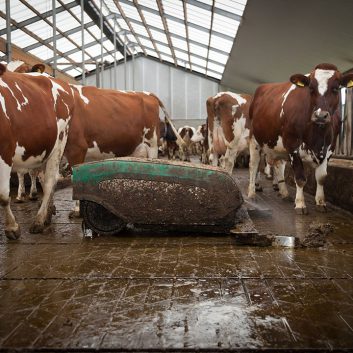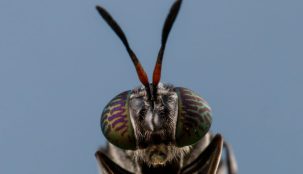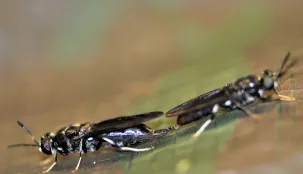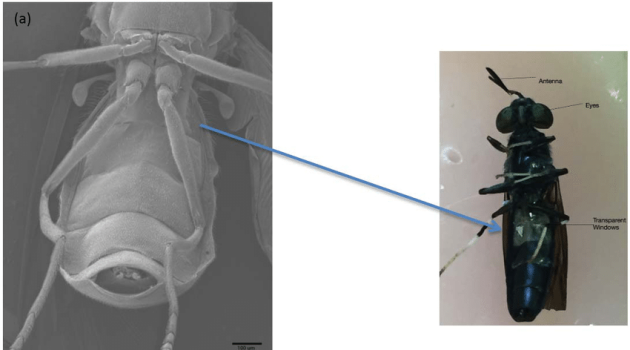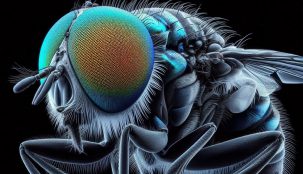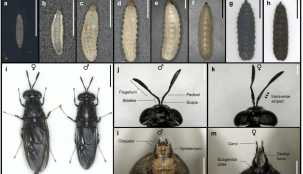Tonic Immobility

Tonic immobility is a fascinating phenomenon observed in certain animals, especially in situations of extreme stress or danger. It’s commonly referred to as “animal freezing” or “animal paralysis.”
In the animal kingdom, tonic immobility is a defense mechanism that animals, such as birds, reptiles, and even some mammals, employ when they perceive a severe threat. It’s like hitting the “pause button” on their body. This behavior can be triggered by predators, extreme fear, or physical restraint.
The tonic immobility has been seen in BSF, to be a standardized response to physical contact in #prepupae, while being extremely rare on the younger larvae. Wonder if prepupae couple this behavior with a dark cuticle: acting as an effective camouflage by reducing chances of detection by visual predators.
When looking at larval movement, younger larvae differ from prepupae in the head movement: younger larvae use their head as a #pin to crawl forward, while prepupae perform a continuous #wave-like movement of their body. This difference underpins the modification of the #mouthparts during the transition between the larvae and the prepupae (degraded mouth).
Video source: Giannetti et al. (2022), Doi: 10.3390/insects13020127
#BSFL #animalbehavior
Follow us on LinkedIn for more BSF insights.!
https://www.linkedin.com/company/76549233/

